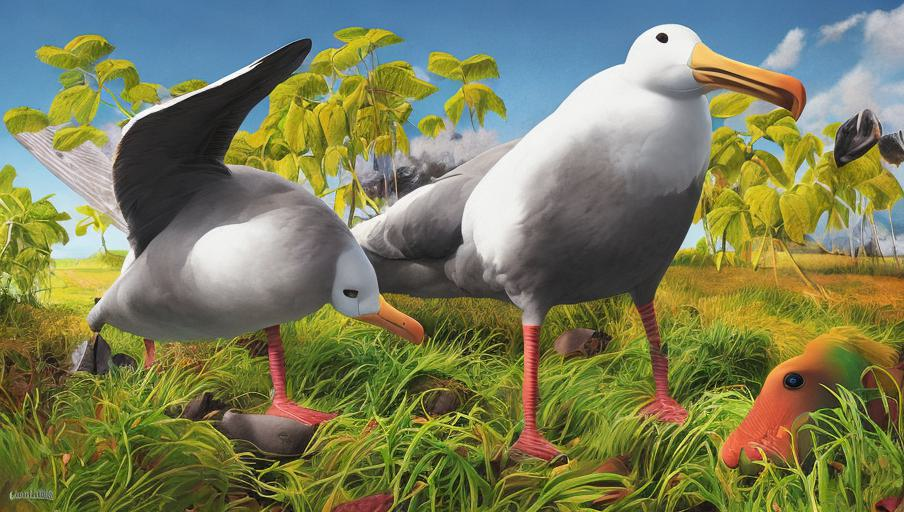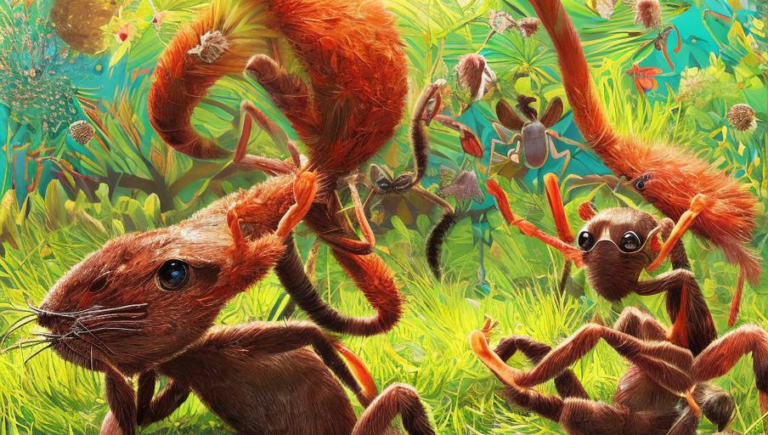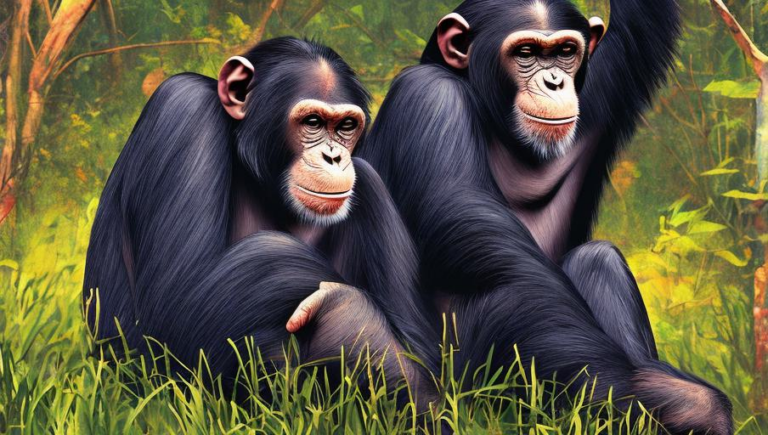Rescuing Albatross: New Efforts to Save Species

The Albatross: A Species in Need of Protection
The albatross is an iconic species of seabird, known for its impressive wingspan and migratory behavior. They are found across the world, but their populations have been drastically declining due to threats such as habitat loss, fishing bycatch, and climate change. The albatross is a vital part of the ocean’s ecosystem, as they are essential for the dispersal of nutrients, and their decline could have serious consequences for the marine environment.
The Conservation Efforts
Recognizing the importance of the albatross and the need for conservation efforts, several organizations have been working to protect the species. One of the most notable is the Albatross Task Force (ATF), which has been working since 2006 to reduce bycatch and restore albatross populations. The ATF works with fishing fleets, governments, and other stakeholders to develop and implement conservation strategies. The organization has also been instrumental in the establishment of Marine Protected Areas, which provide the albatross with safe breeding grounds and foraging grounds.
In addition to the ATF, there are numerous other organizations dedicated to the conservation of the albatross. The International Union for Conservation of Nature (IUCN) has declared the albatross a vulnerable species, and has been working to protect them through the implementation of international agreements. Additionally, there are several local conservation initiatives, such as the Albatross Conservation Network, that are working to reduce bycatch and restore albatross populations.
The Challenges
Despite the efforts of these organizations, there are still many challenges in protecting the albatross. One of the biggest challenges is the lack of data on albatross populations. As the albatross is a migratory species, it is difficult to track and monitor its population size. Additionally, the albatross is threatened by a variety of other factors, such as plastic pollution, oil spills, and climate change. These threats can be difficult to address, as they are often caused by human activities.
The Future of the Albatross
Despite the challenges, the outlook for the albatross is optimistic. Conservation efforts are slowly beginning to have an impact, and the species is slowly being brought back from the brink of extinction. However, much more needs to be done in order to ensure the survival of the species. It is essential that more organizations, governments, and individuals join the fight to protect the albatross, and to ensure that the species is not lost forever.





